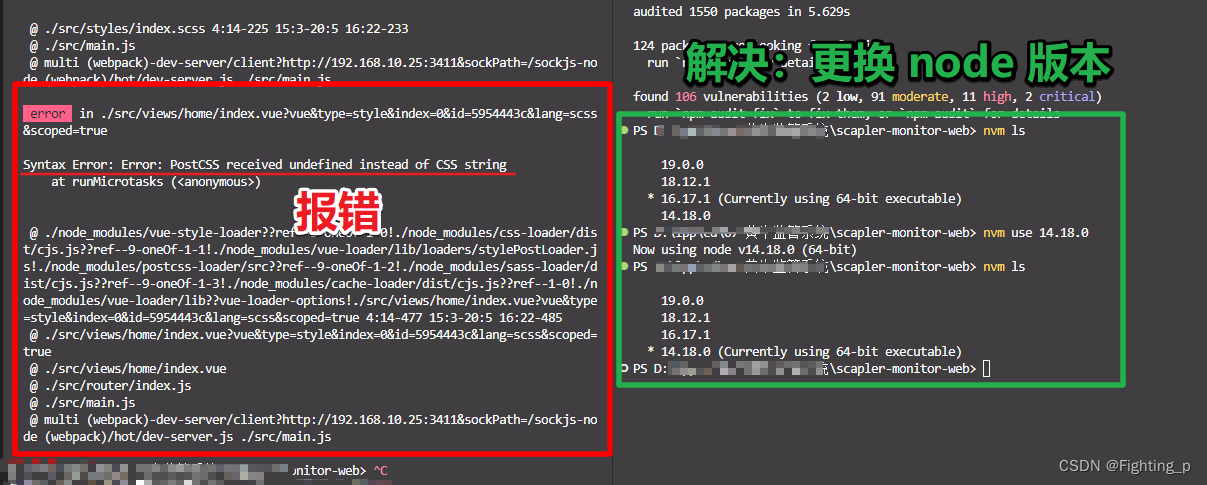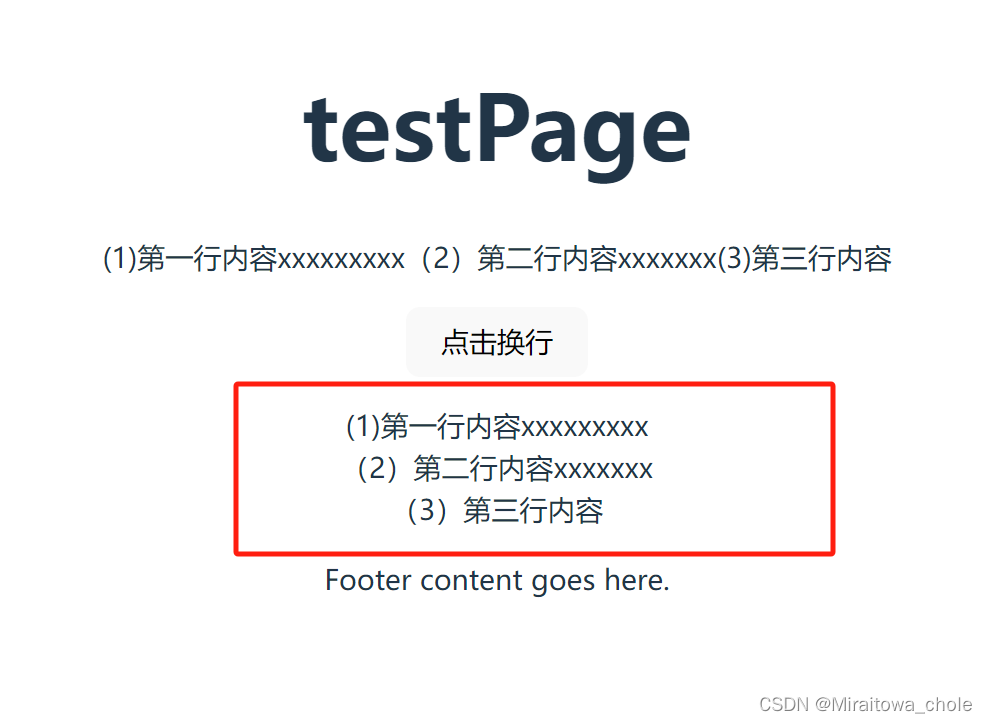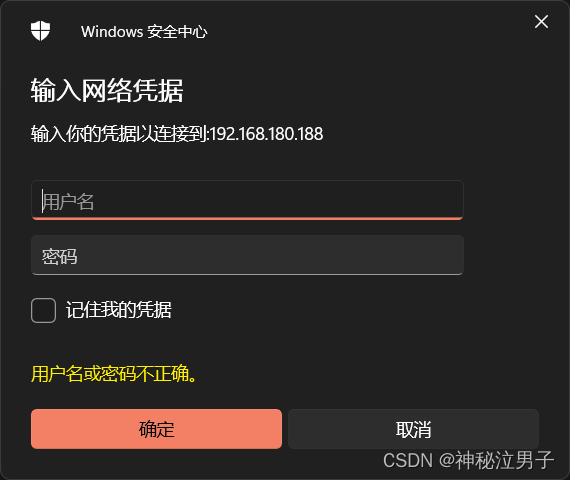文章目录
- 前言
- 一、dup函数
- 二、dup2函数
- 三、将标准输出重定向到文件
- 总结
前言
在Linux环境下,dup、dup2以及原子操作都是用于文件描述符管理和处理的重要工具。这些功能提供了对文件描述符进行复制和原子操作的能力,使得在多线程或多进程环境中更加安全和高效地进行文件操作。
一、dup函数
dup 函数通过复制参数 oldfd 所指向的文件描述符来创建一个新的文件描述符。新的文件描述符是系统中未使用的最小文件描述符。它与 oldfd 指向同一文件表项,共享相同的文件偏移量和文件状态标志。如果 dup 调用成功,它会返回新的文件描述符,如果失败则返回 -1,并设置 errno 来指示错误原因。
函数原型:
int dup(int oldfd);
示例代码:
#include <unistd.h>
#include <fcntl.h>
#include <stdio.h>
int main() {
int fd = open("file.txt", O_RDONLY);
if (fd == -1) {
perror("open");
return 1;
}
int new_fd = dup(fd);
if (new_fd == -1) {
perror("dup");
close(fd);
return 1;
}
printf("Original file descriptor: %d\n", fd);
printf("Duplicated file descriptor: %d\n", new_fd);
close(fd);
close(new_fd);
return 0;
}

二、dup2函数
int dup2(int oldfd, int newfd);
dup2 函数与 dup 类似,但是它允许将新的文件描述符指定为 newfd。如果 newfd 已经打开,则先关闭它。如果 oldfd 等于 newfd,则 dup2 不会关闭 newfd。如果调用成功,dup2 返回新的文件描述符,如果失败则返回 -1,并设置 errno 来指示错误原因。
示例代码:
#include <unistd.h>
#include <fcntl.h>
#include <stdio.h>
int main() {
int fd = open("file.txt", O_RDONLY);
if (fd == -1) {
perror("open");
return 1;
}
int new_fd = 10; // New file descriptor
if (dup2(fd, new_fd) == -1) {
perror("dup2");
close(fd);
return 1;
}
printf("Original file descriptor: %d\n", fd);
printf("Duplicated file descriptor: %d\n", new_fd);
close(fd);
// No need to close new_fd as it's now pointing to the same file as fd
return 0;
}

三、将标准输出重定向到文件
使用dup2函数把标准输出改成文件描述符即可
#include <stdio.h>
#include <unistd.h>
#include <fcntl.h>
int main() {
// 打开一个文件,用于重定向
int file_fd = open("test.txt", O_WRONLY | O_CREAT | O_TRUNC, 0644);
if (file_fd == -1) {
perror("open");
return 1;
}
// 备份标准输出文件描述符
int stdout_backup = dup(STDOUT_FILENO);
if (stdout_backup == -1) {
perror("dup");
return 1;
}
// 将标准输出重定向到文件描述符
if (dup2(file_fd, STDOUT_FILENO) == -1)
perror("dup2");
return 1;
}
// 现在printf会将内容输出到文件
printf("This will be redirected to the file.\n");
}

总结
通过本文的介绍,我们了解到在Linux环境下,dup、dup2以及原子操作在文件描述符管理和处理中扮演着重要的角色。它们提供了对文件描述符进行复制和原子操作的功能,使得文件操作更加灵活、高效和安全。深入理解并熟练掌握这些功能,对于编写高性能、可靠的Linux程序是非常重要的。
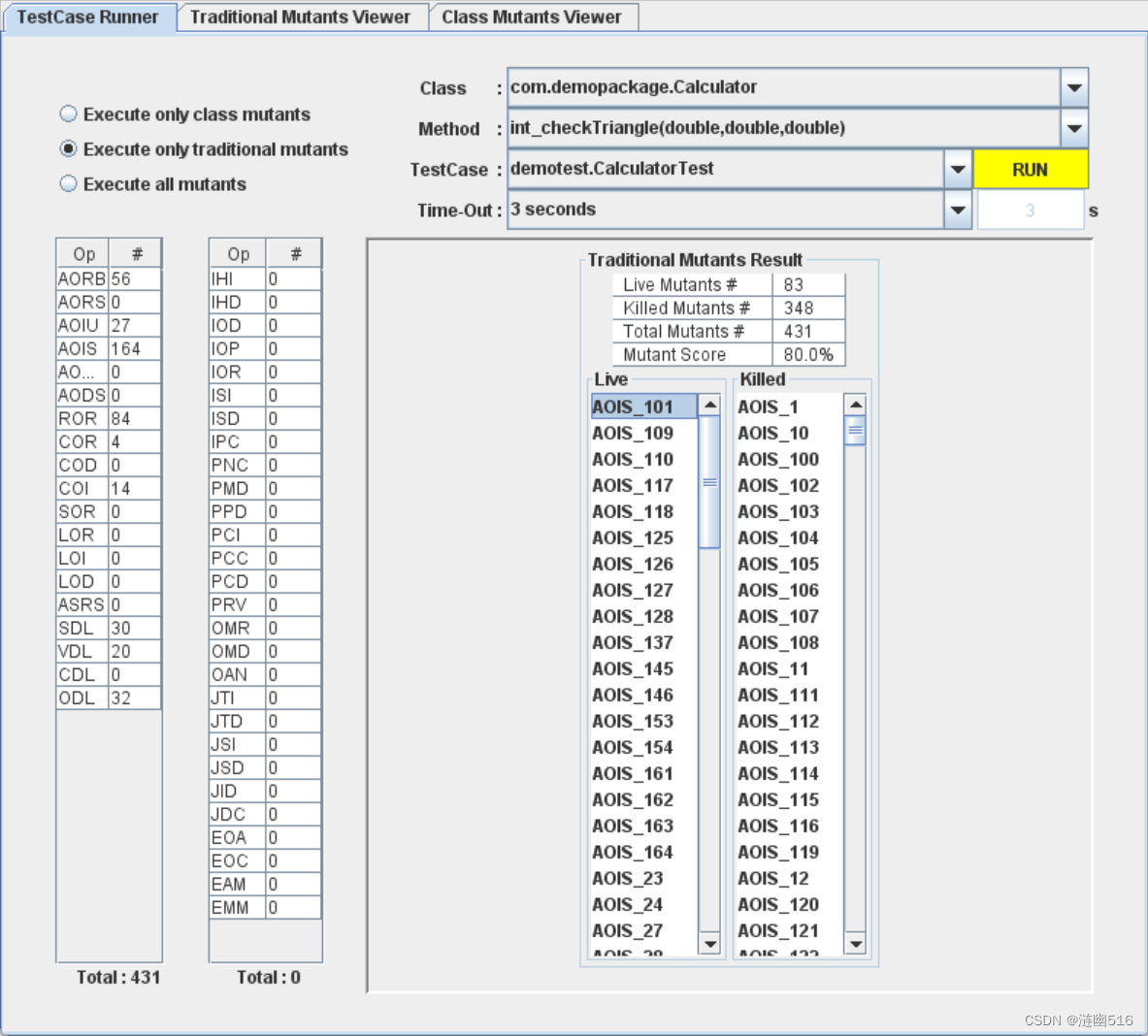



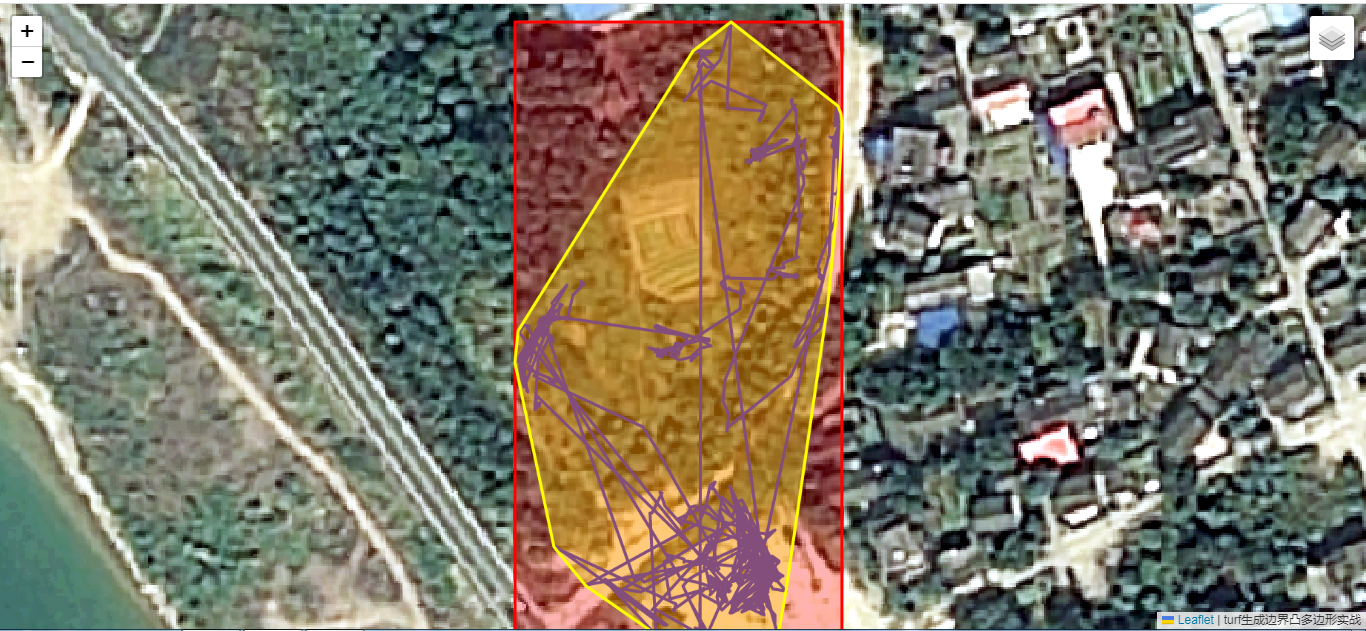


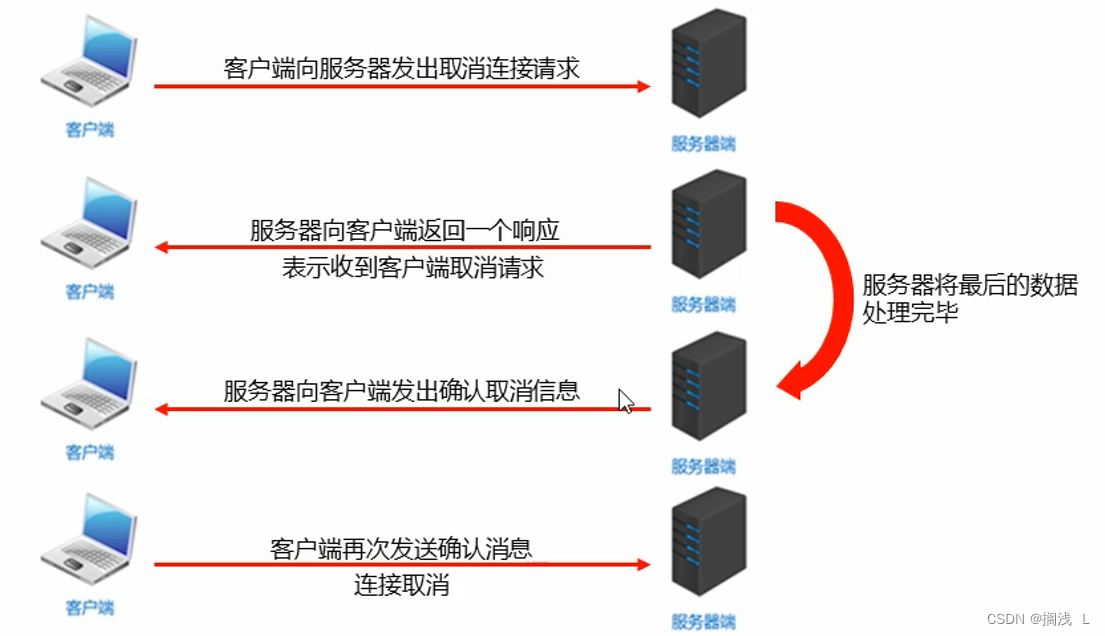
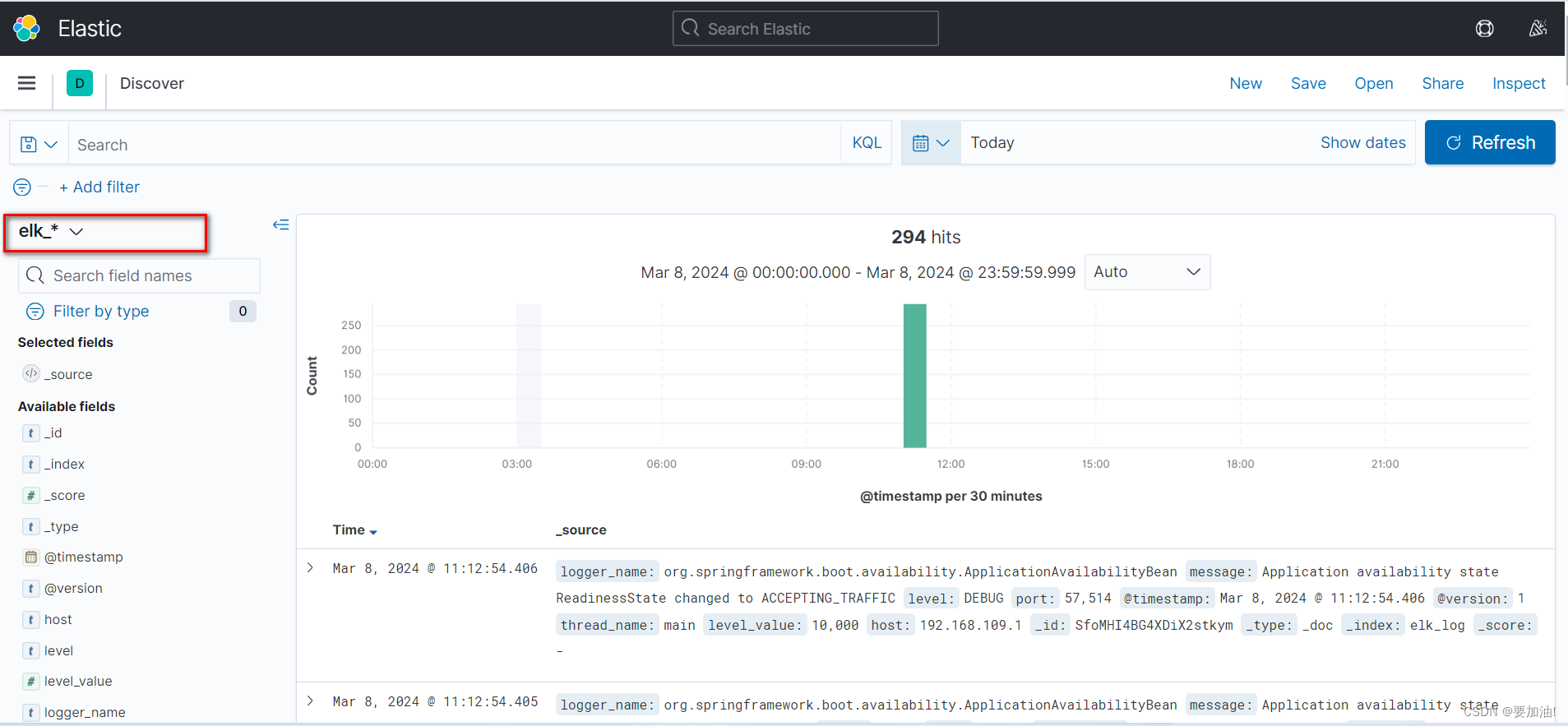


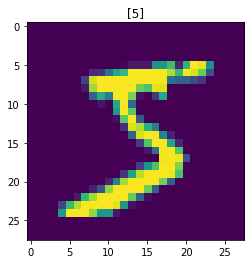
![[Flutter get_cli] 配置 sub_folder:false报错](https://img-blog.csdnimg.cn/direct/b4b8bb363b7b42bc96c6ab4fbffd0d10.png)
